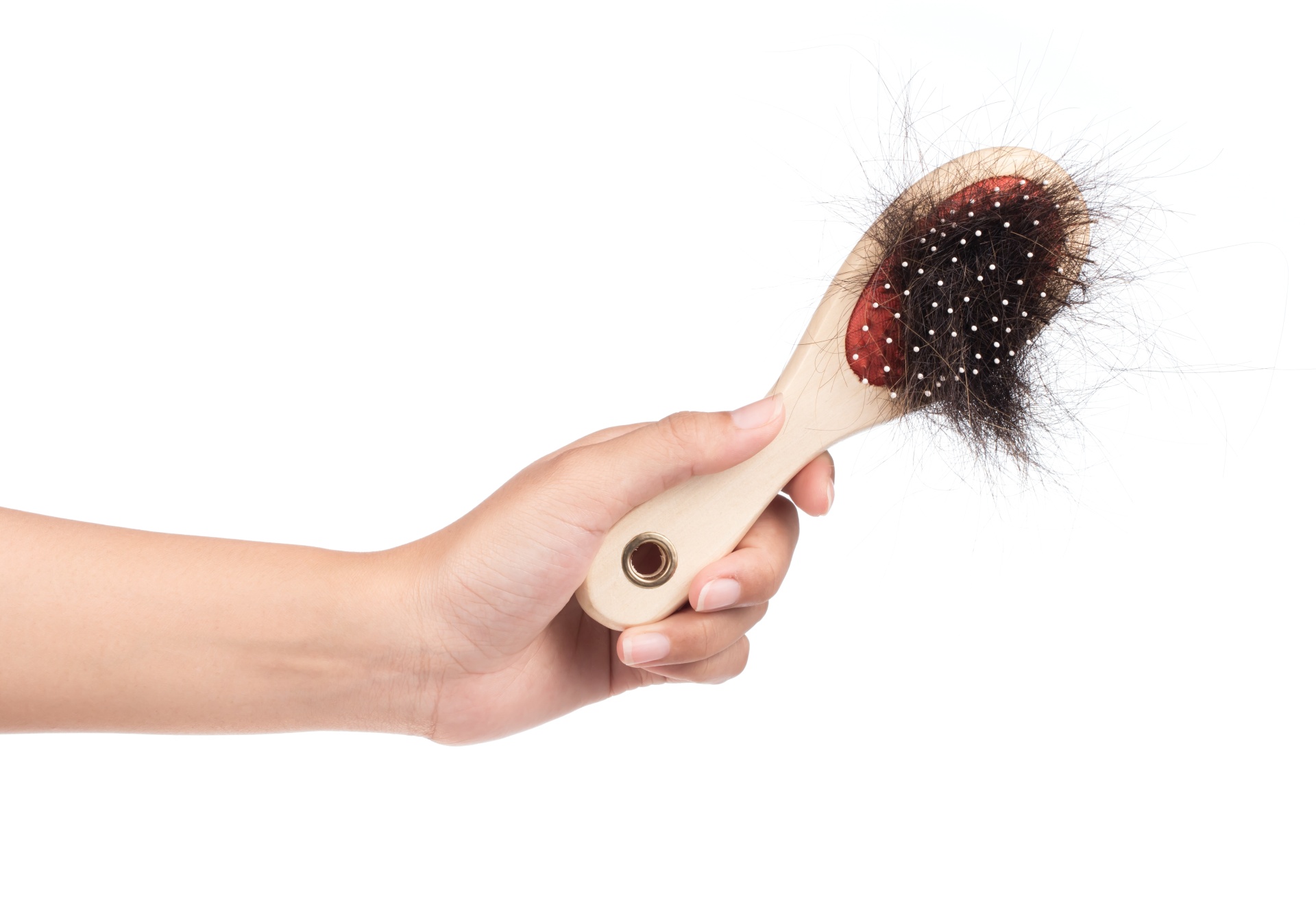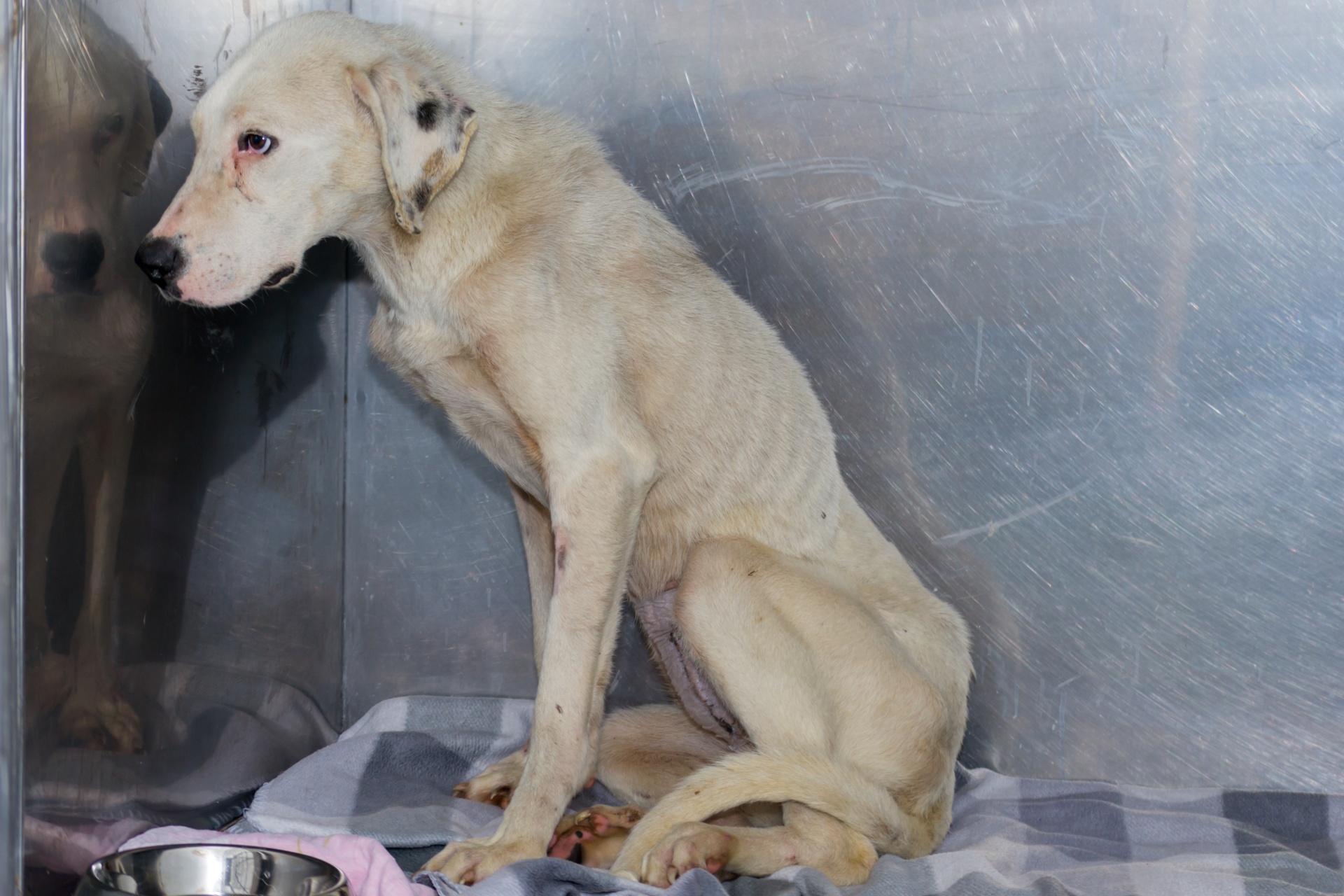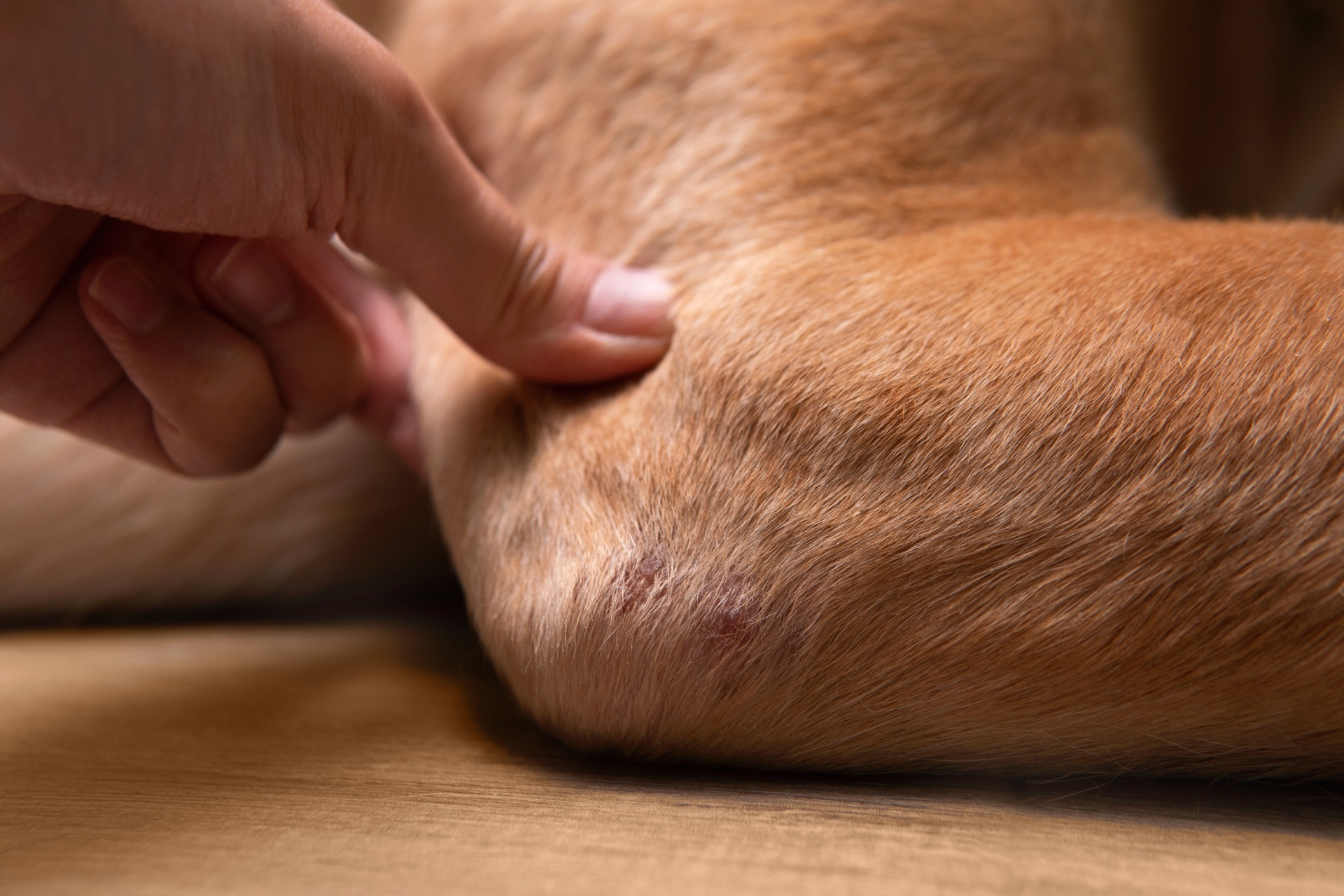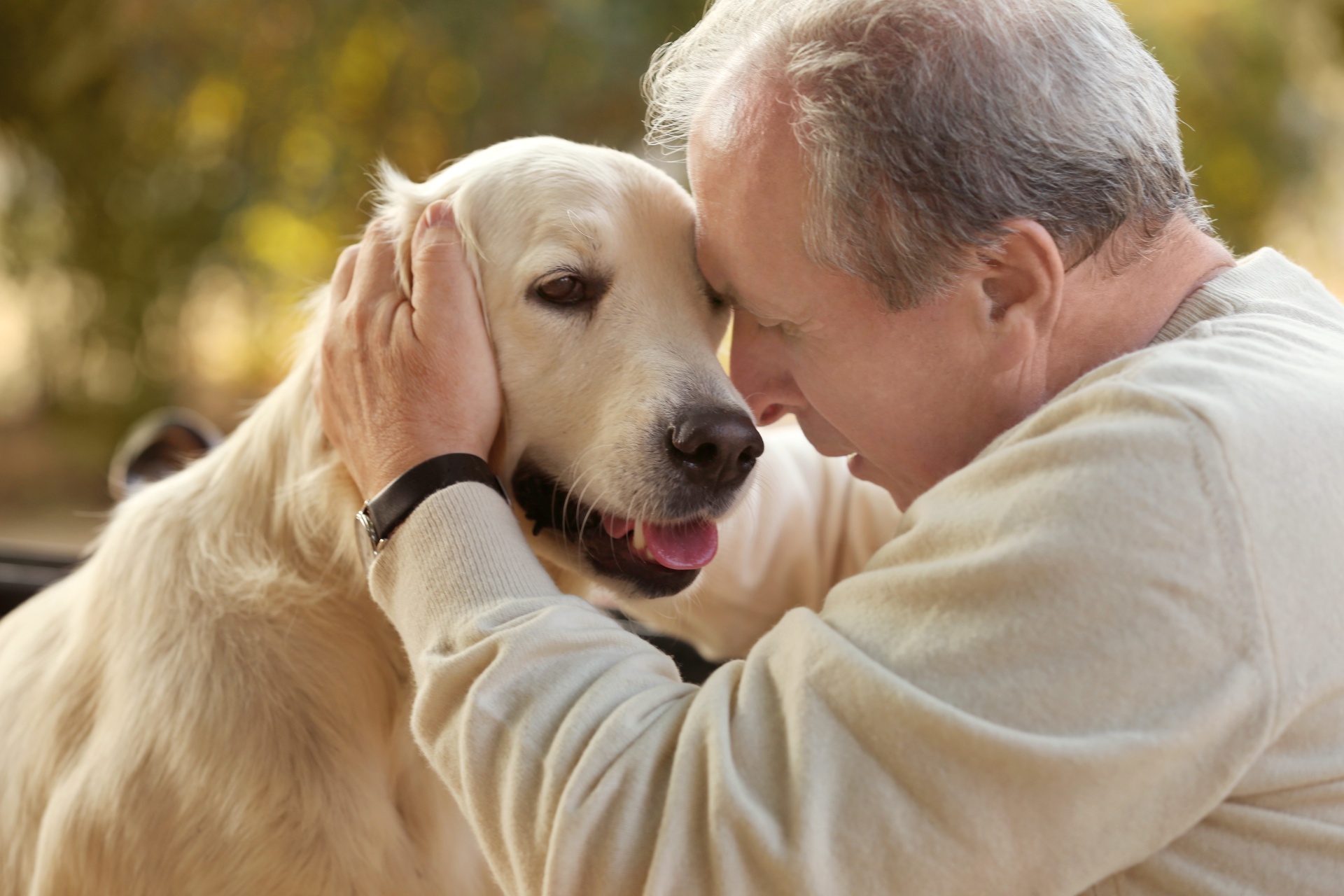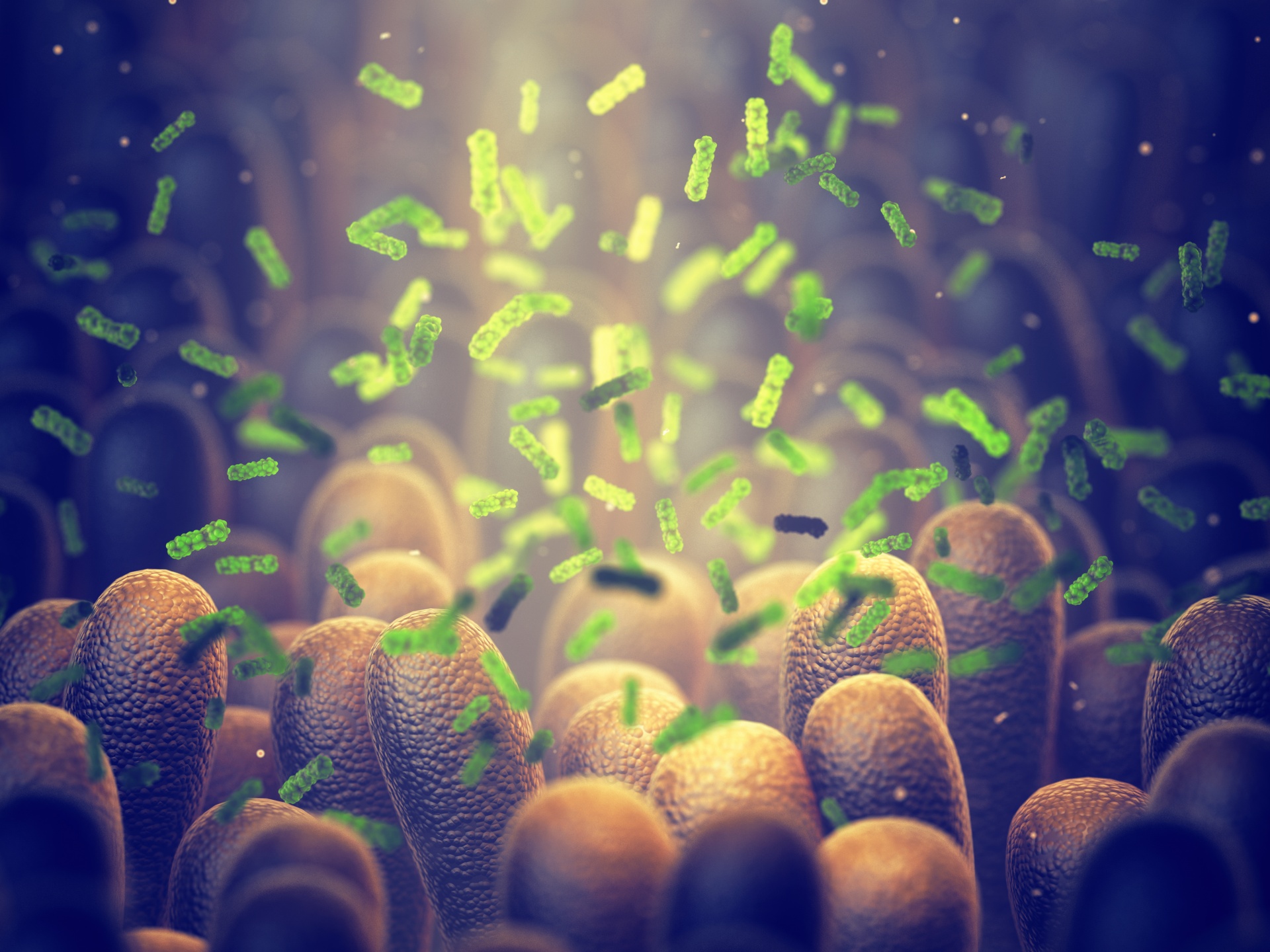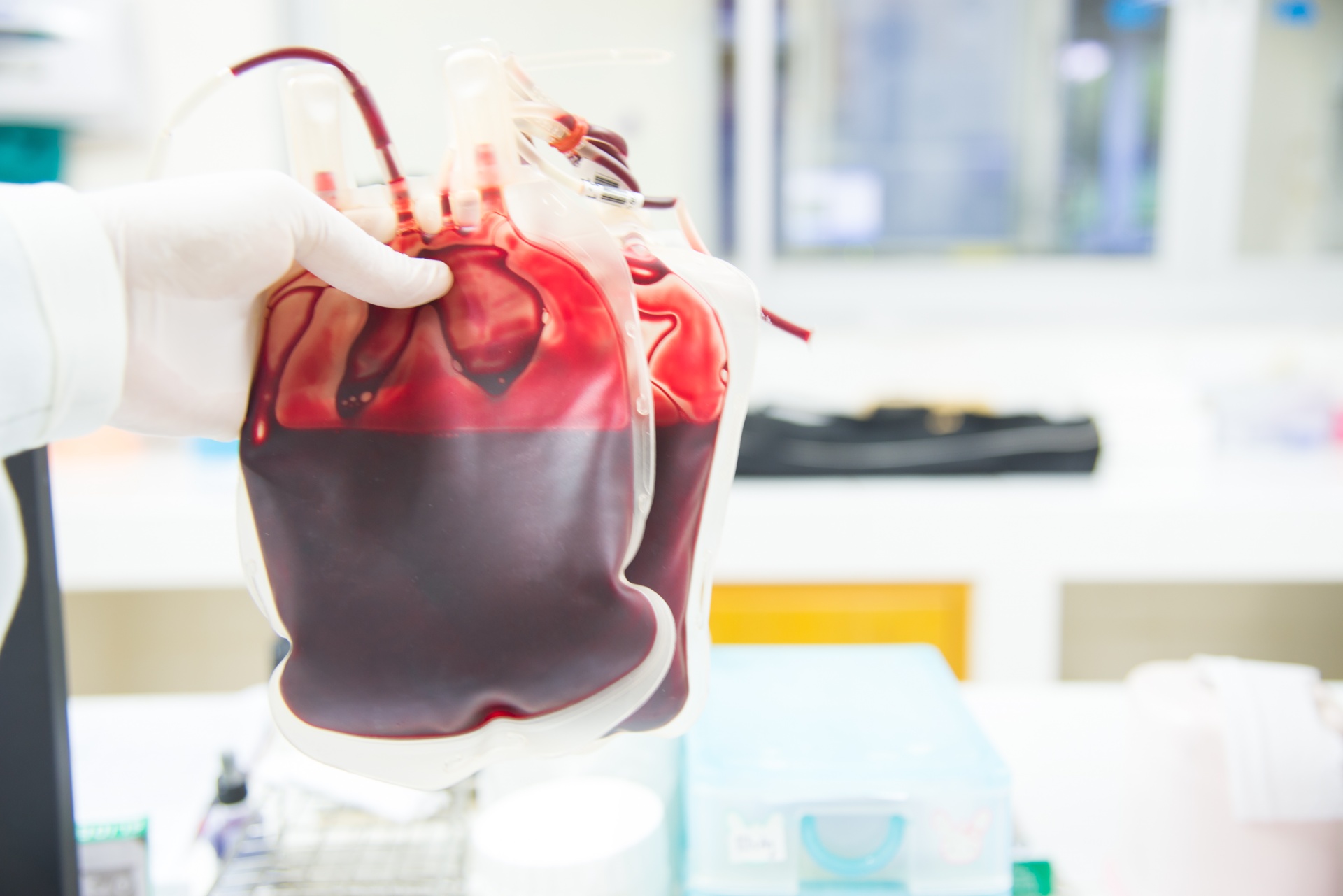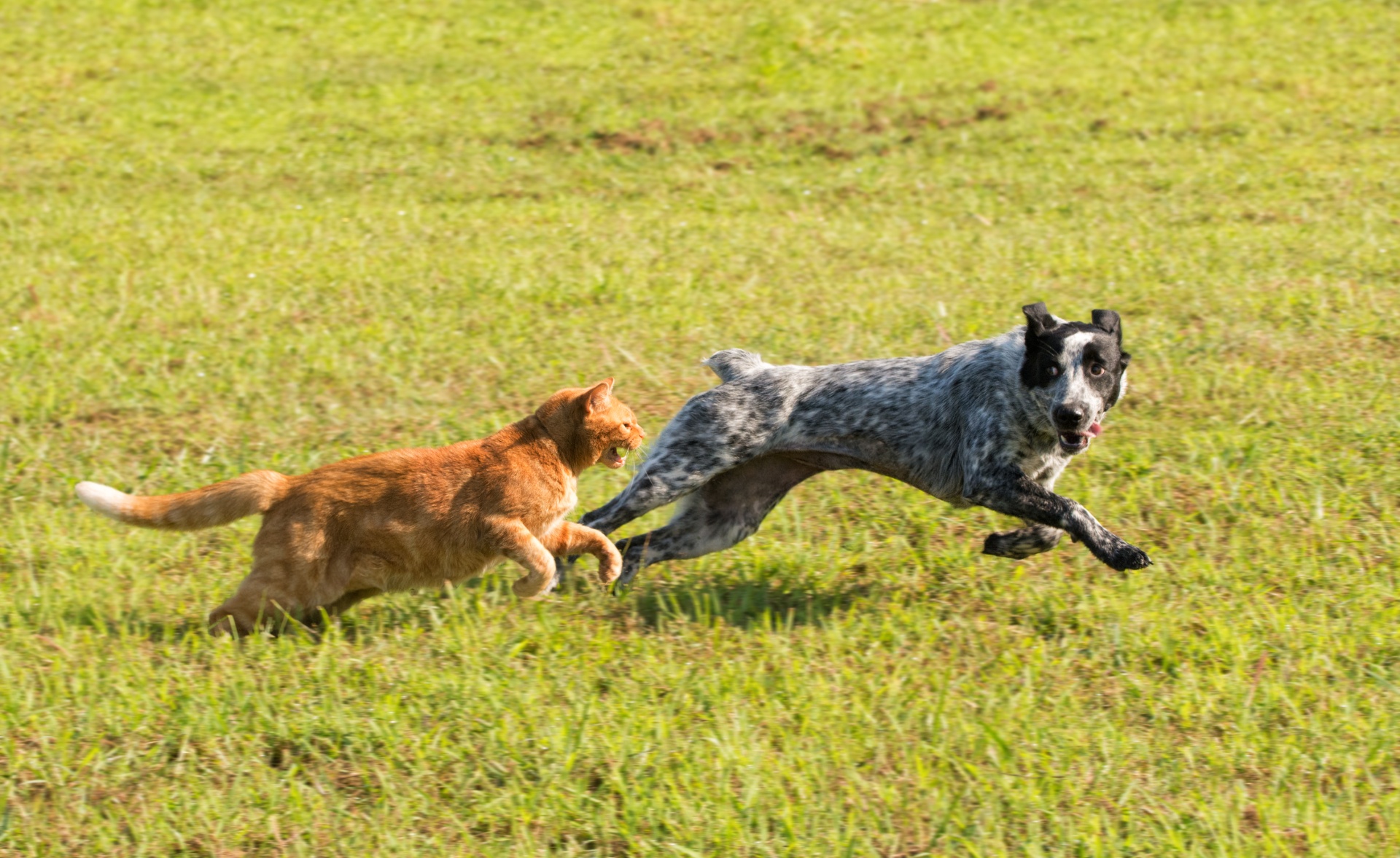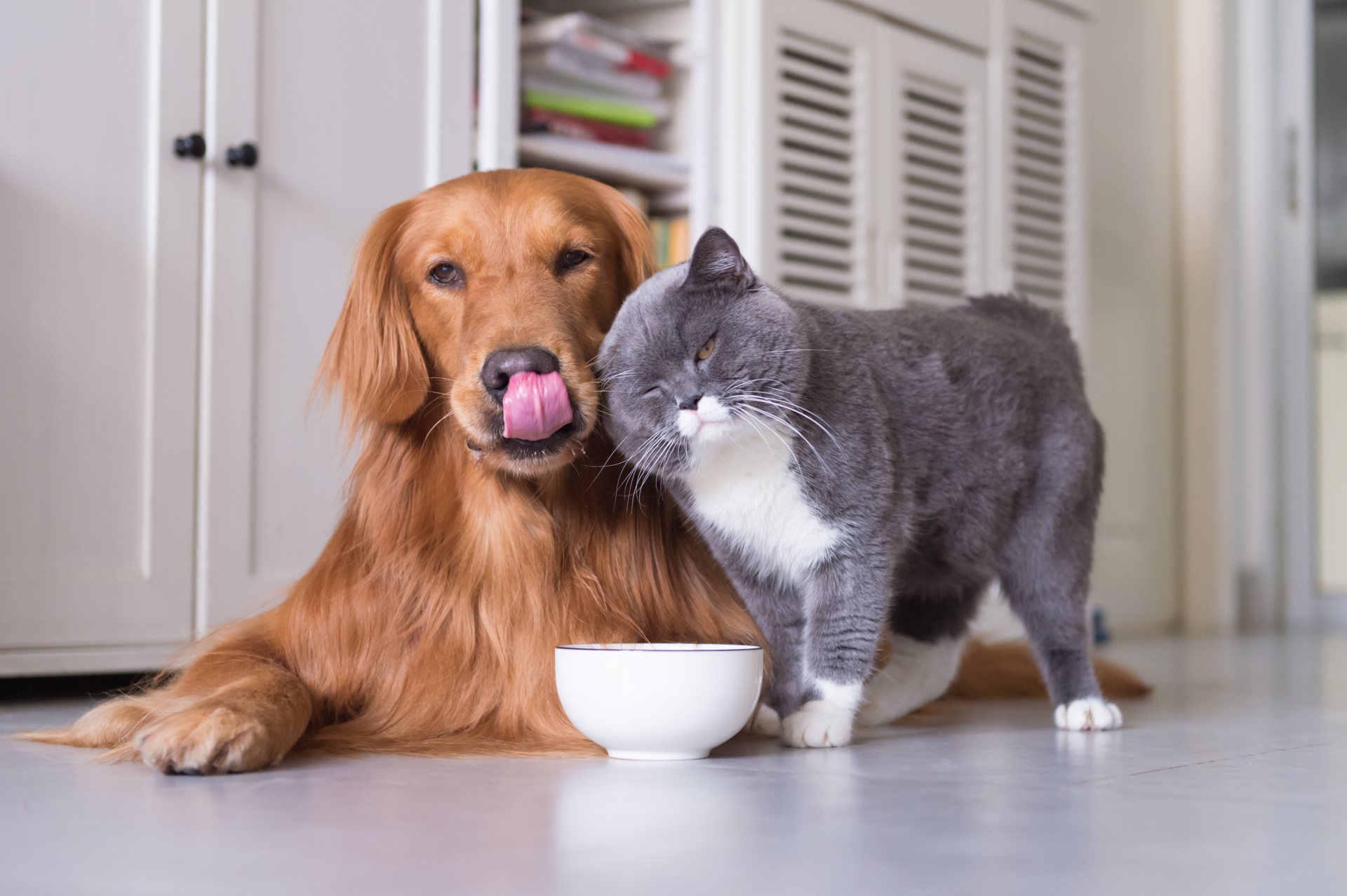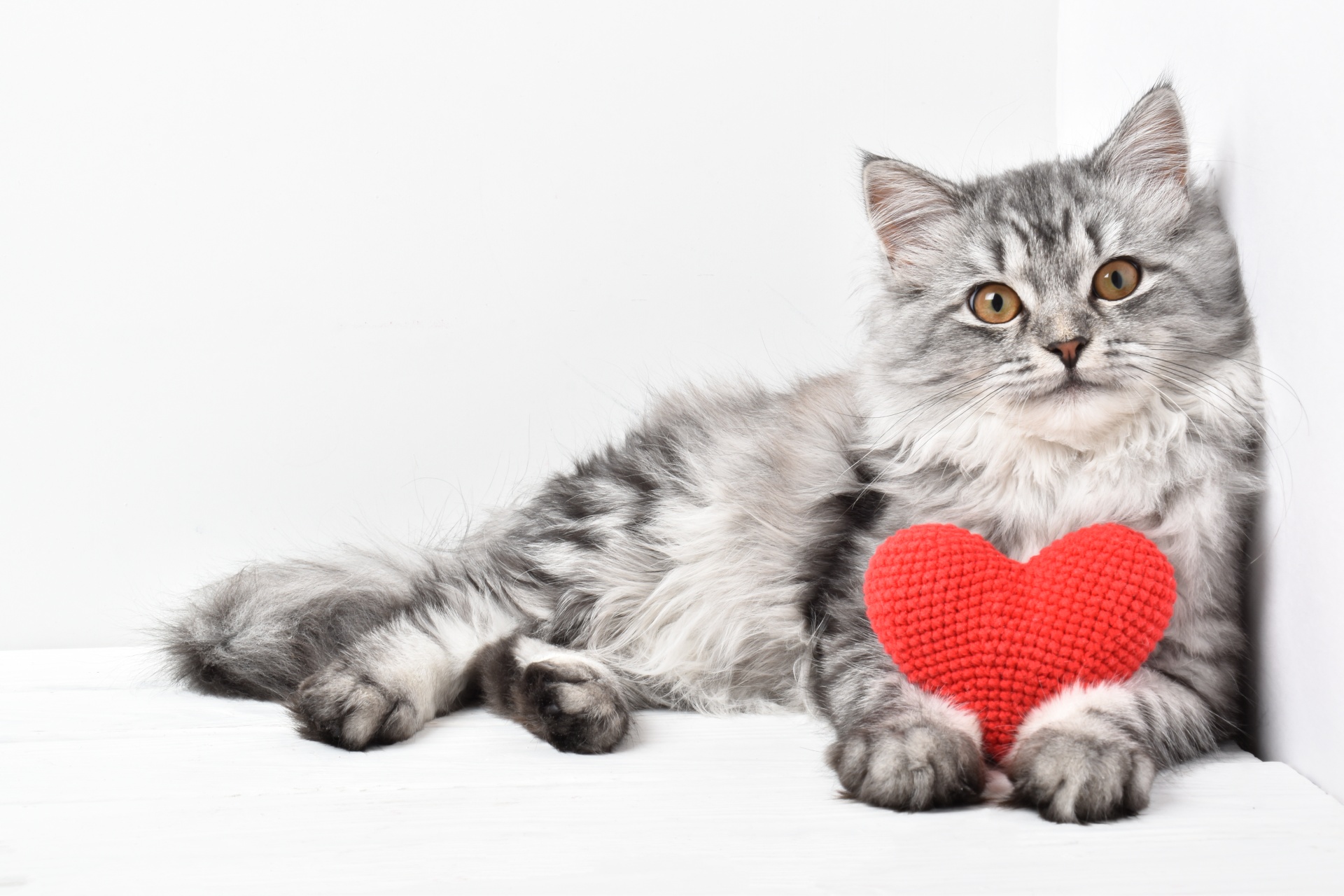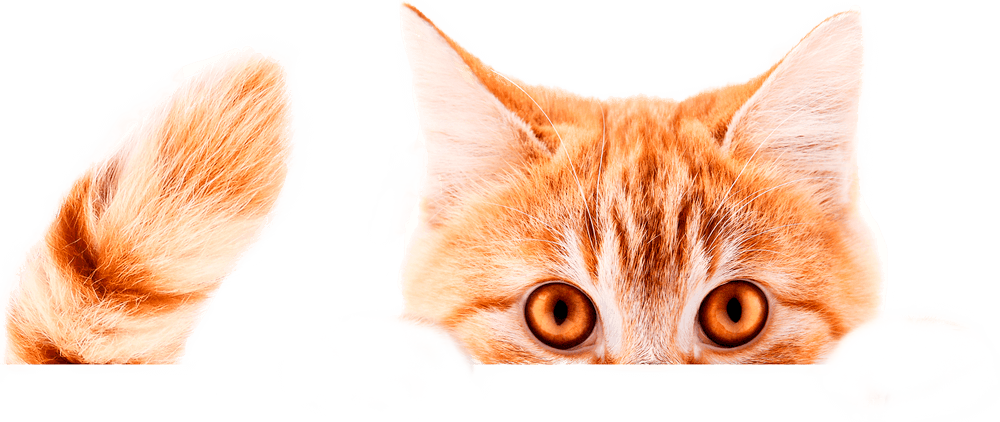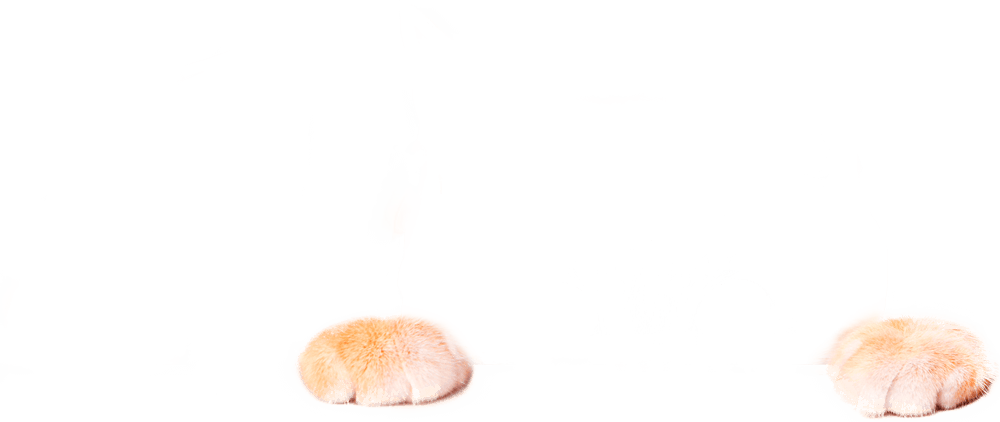In Brazil, mammary cancer is still the most common neoplasm in female dogs, and the third most common in female cats. About 70% of cases diagnosed in female dogs and 80-90% of cases diagnosed in female cats are malignant.
“Middle-aged/senior female dogs and cats, when not spayed, are more prone to the development of mammary neoplasms”, explains the veterinary doctor and manager of Nutrition Products at Avert Saúde Animal, Priscila Brabec.
One of the major factors involved in the development of mammary cancer is hormonal exposure, since not spayed female dogs and cats are more affected. “It is worth remembering that animals that receive hormonal treatments (estrogens and progestogens) to prevent heat cycle are twice as likely to develop mammary tumors”, explains Priscila.
Just like in humans, the sooner neoplasms in pets are detected, the greater the chances of cure and ensure a normal life. With that in mind, here are five tips to help prevent mammary cancer in pets
1 – Castration
Studies show that the chance of a female dog to develop a mammary tumor is of 0.5% if she is spayed before the first heat cycle and of 9% in female cats. It is generally recommended that castration be performed between the first and second heat cycle, but each case must be discussed with the vet, so as to evaluate the benefits for each patient. Furthermore, unlike women, breastfeeding does not prevent mammary tumors in female dogs and cats.
2 – Palpation
Taking advantage of the playtime and belly cuddle to feel the nipples helps to check whether there is a nodule in the region or not. For this, the ideal is to position the animal on its back and gently feel around all nipples, paying attention to whether there is any increased volume or different texture. This checking should be done regularly, and if any change is detected, it is important to seek the vet assistance.
3 – Watch out for obesity
Obesity in 9-12 year-old female dogs is a risk factor for the development of mammary tumor. Therefore, maintaining an ideal weight in this age range has a protective effect against this neoplasm in the future. In addition, it is currently known that adipose tissue has an endocrine function, since it can also produce estrogen, a hormone associated with an increased risk for mammary cancer.
4 – Diet
Studies show that dietary fat can interfere with the risk for mammary cancer. Omega-3-rich diets showed a protective effect against the development of mammary tumors. Another important point is maintaining a balanced diet to avoid nutritional deficiencies (such as vitamin D deficiency) and intestinal dysbiosis, which is the imbalance in the composition of gut microbiota.
5 – Routine follow-up
The periodic follow-up with the vet and routine testing help prevent mammary cancer and other types of tumors as well. Some blood and imaging tests can help in the early diagnosis of neoplastic changes even before the first signs.
Want to learn more about mammary cancer prevention in pets? Access for free the e-book Avert Saúde Animal: https://qrco.de/ebookoutubrorosapets













